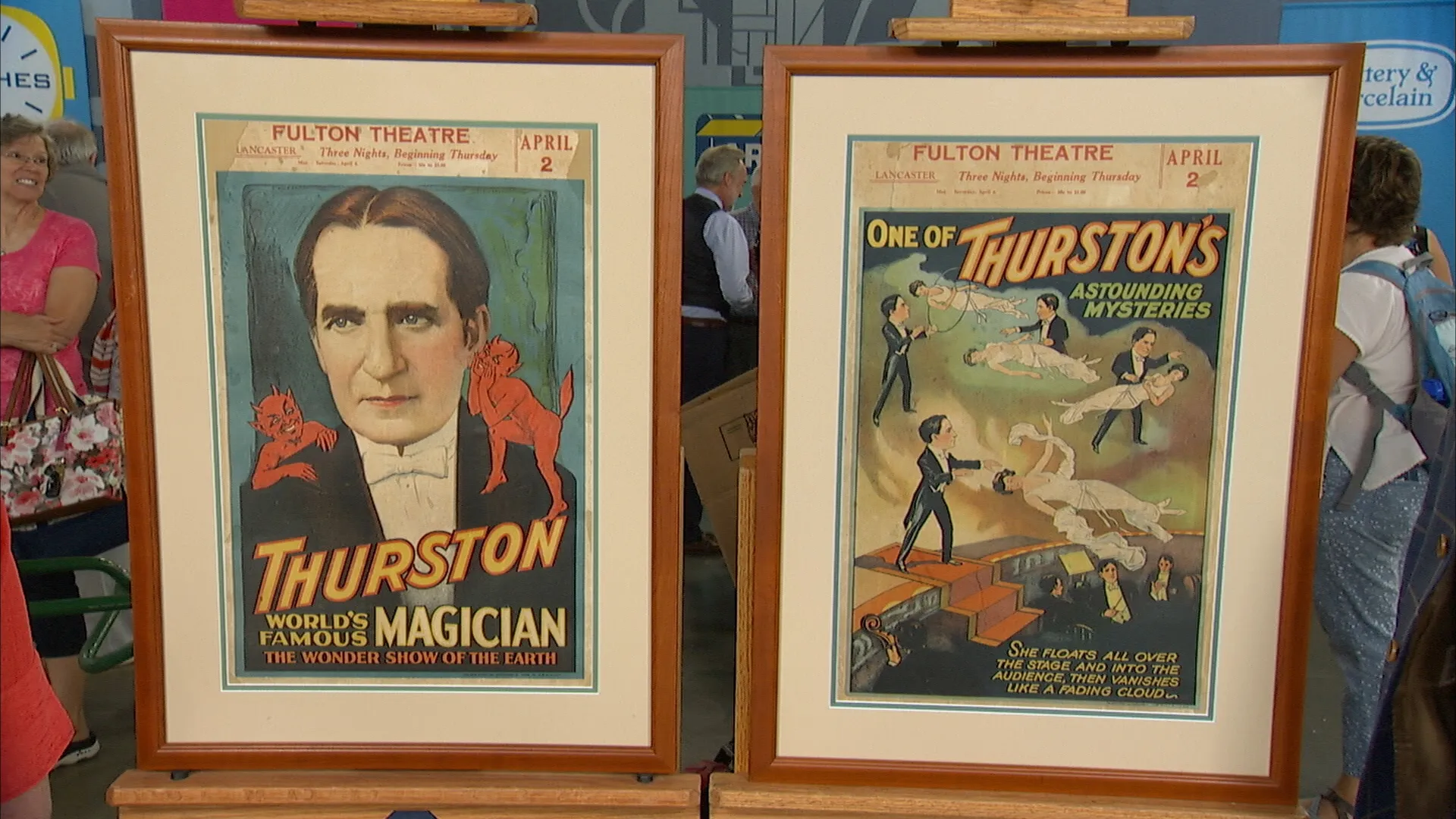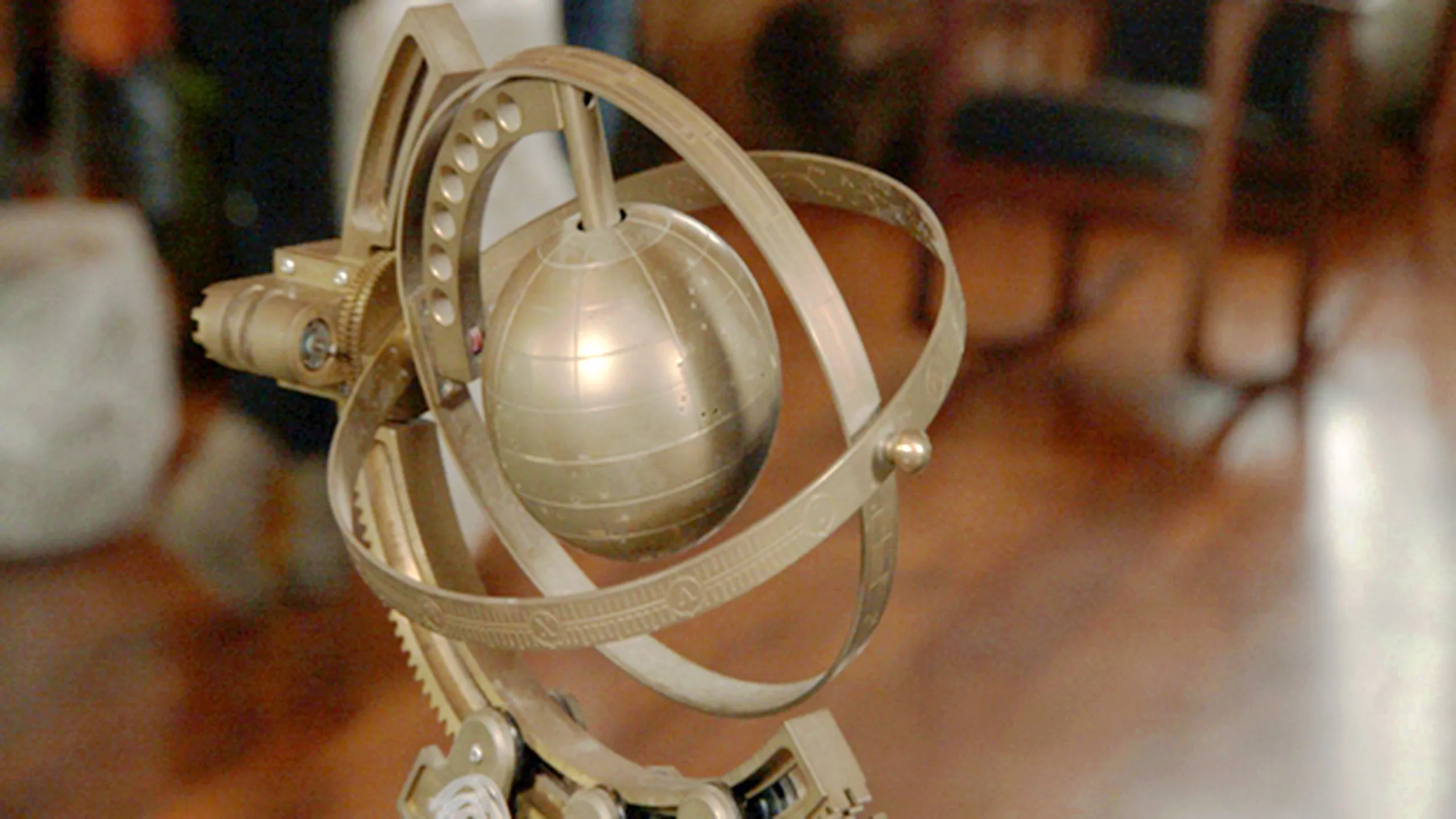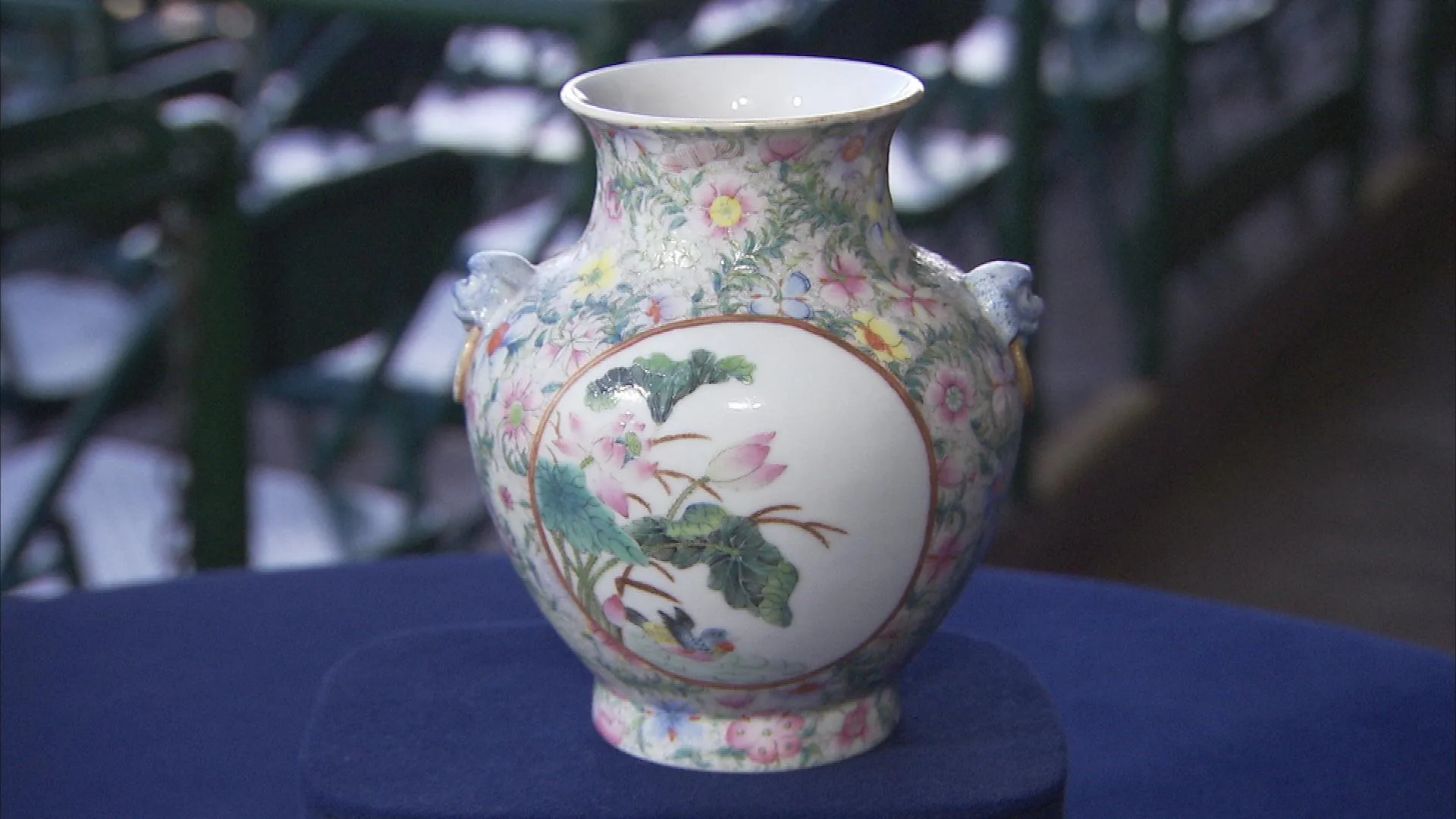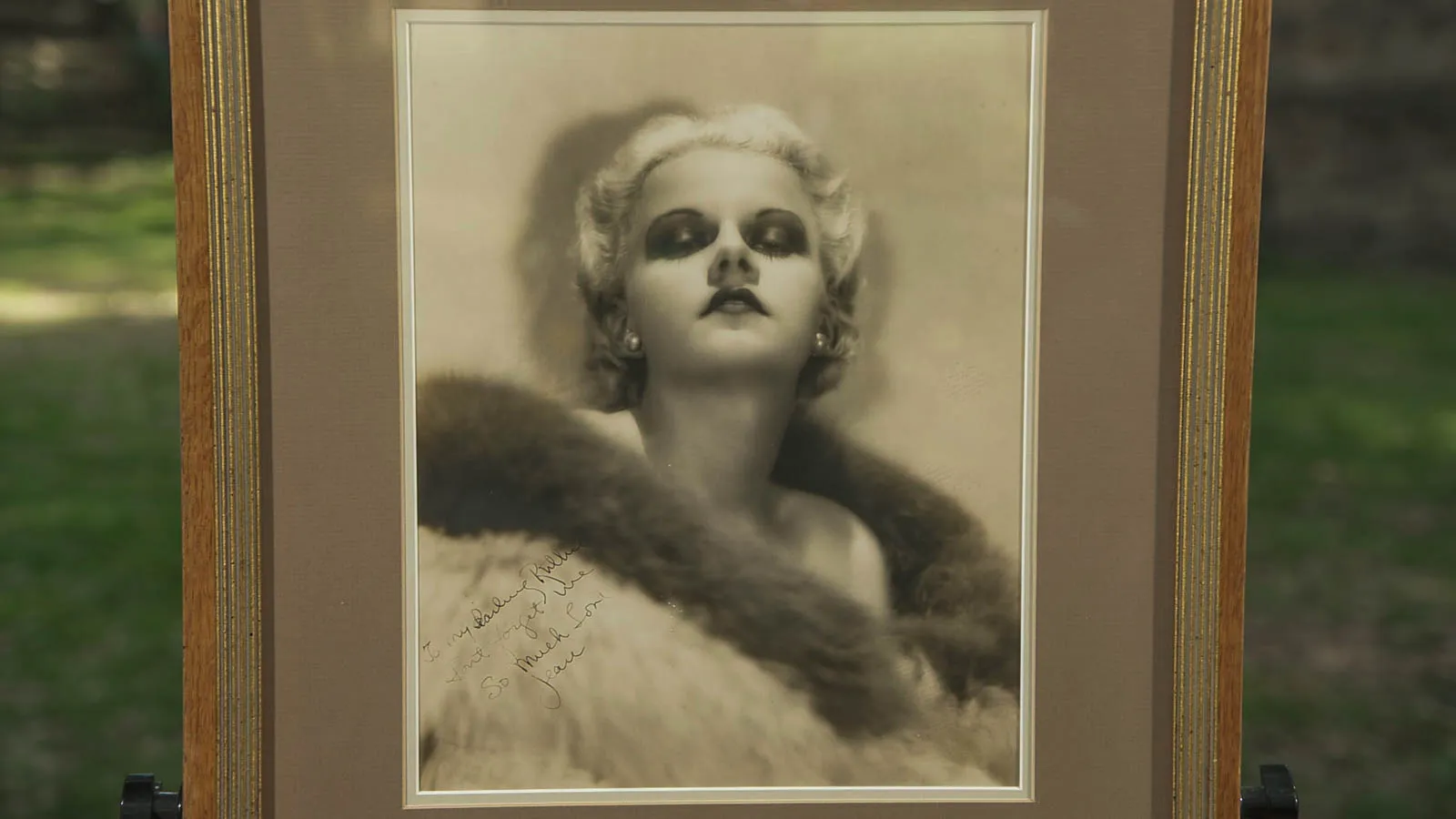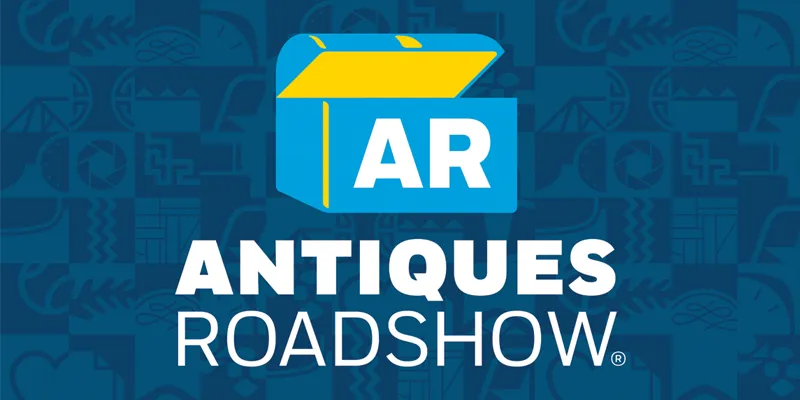Sarah K. Elliott
About Sarah K. Elliott
Articles by this Author
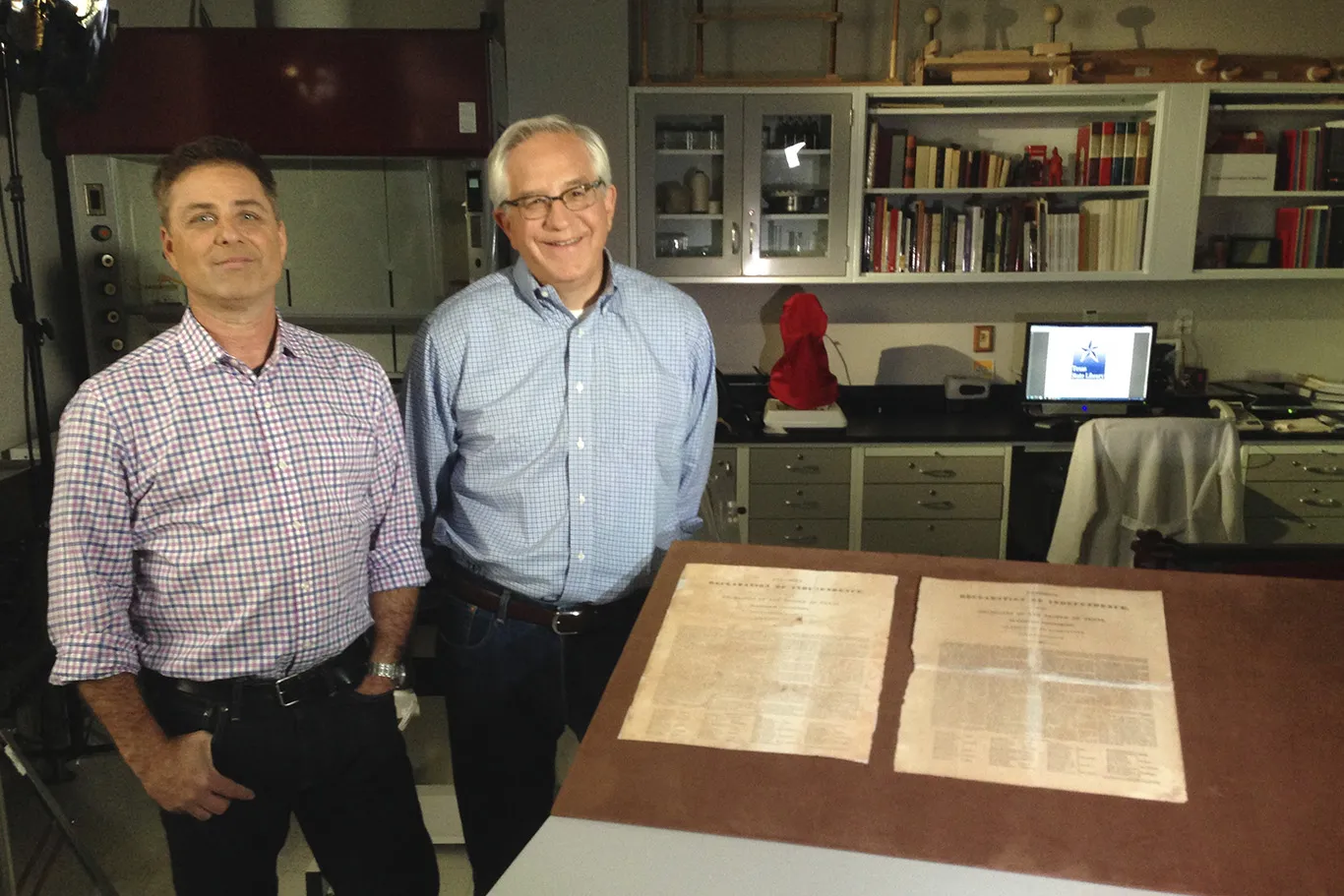
article
Who Faked the Texas Independence Documents?
Time and again on ANTIQUES ROADSHOW, we hear that valuable items can inspire forgeries, and the highly desirable imprints of the 1836 Texas Declaration of Independence did, in fact, spawn some very convincing fakes.
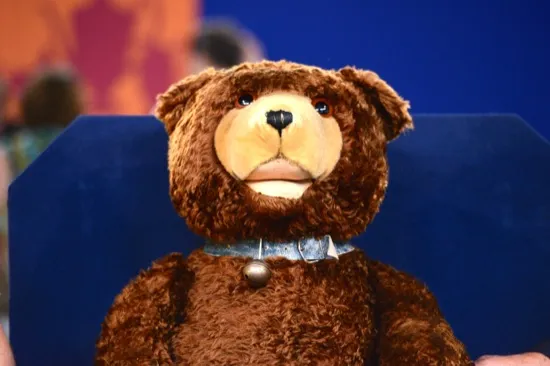
article
How Teddy Bear Got His Name
The Teddy bear is one of the most beloved toys in the world. Do you know how it got its name?
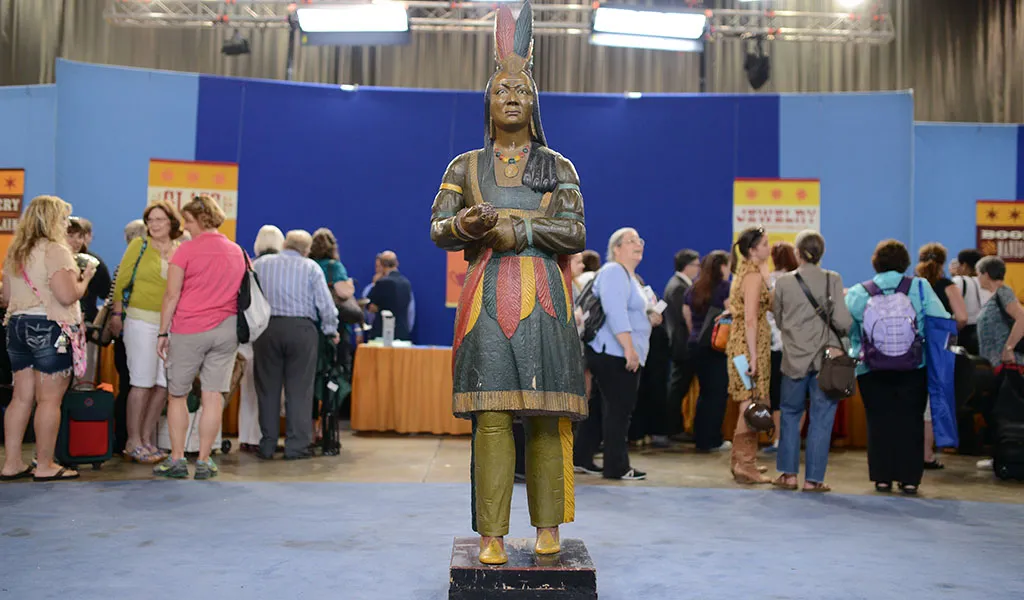
article
Cigar Store Indians: Trading on Stereotypes
Cigar store Indians, made of carved wood or molded metal, were popular symbols of the 19th and early 20th-century tobacco trade. Today, collectors of these statues appreciate both their striking visual appeal and the considerable skill of their carvers. But the figures also draw criticism for being simplistic and demeaning stereotypes of American Indians.
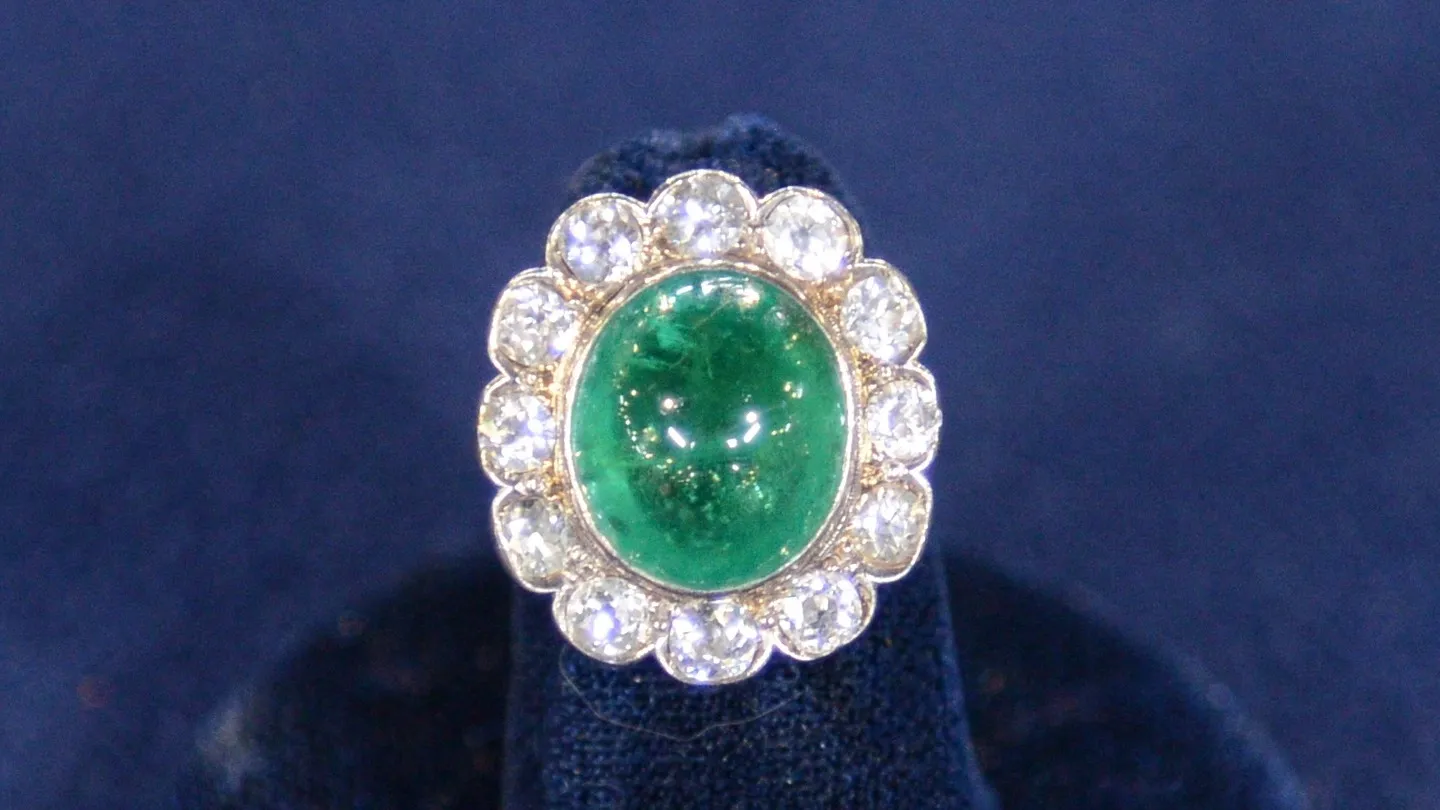
article
Explainer: Treated vs. Untreated Gemstones
Appraiser Katherine Van Dell mentioned “treated” emeralds in her appraisal of a beautiful circa 1900 emerald and diamond ring. What enhancements are performed on stones? And how do untreated gemstones compare to treated gemstones? Van Dell explains.
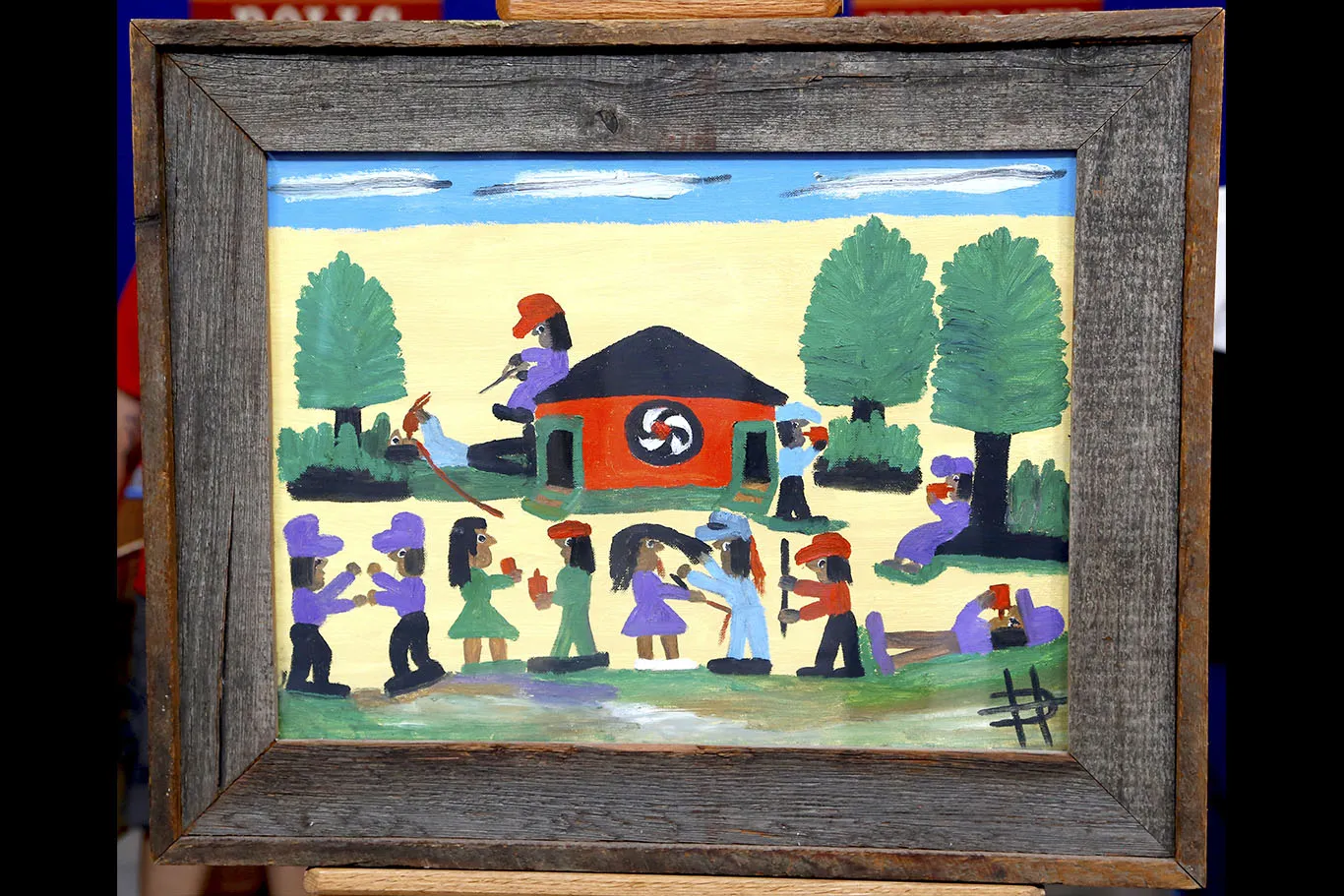
article
Fakes, Finds, and the Story of Clementine Hunter
This article is republished here courtesy of the *ANTIQUES ROADSHOW Insider* magazine, where it originally ran in the March 2014 issue.
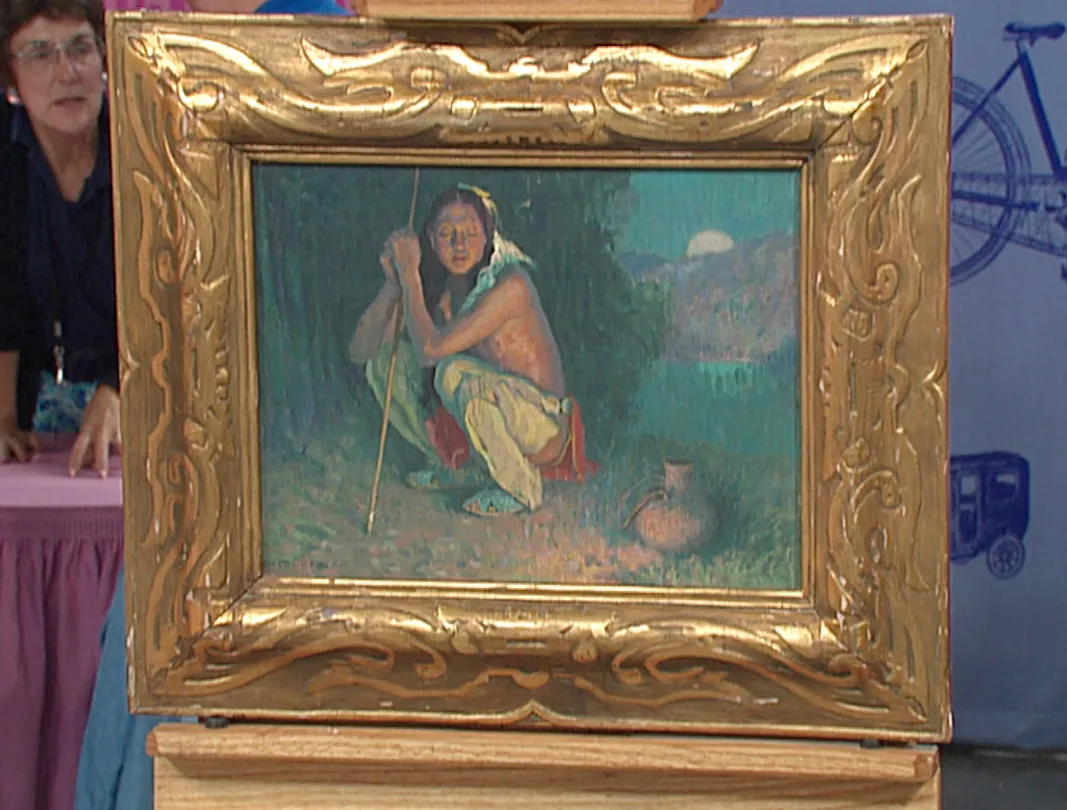
article
Meet Couse’s Granddaughter
An Eanger Irving Couse painting turned up at ROADSHOW in Madison. Meet Eanger Irving Couse’s granddaughter, Virginia Couse Leavitt!
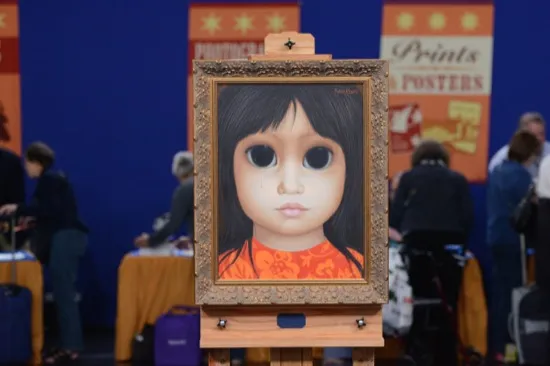
article
Margaret Keane and Her "Big Eyes" Paintings
Margaret Keane is known for her iconic "Big Eyes" paintings. When they first emerged on the market in the late 1950s, she let her then-husband take credit for her work. But in the mid-1980s Keane proved her artistry in a courtroom. She still paints, and her story was made into a 2014 movie, Big Eyes, directed by Tim Burton.
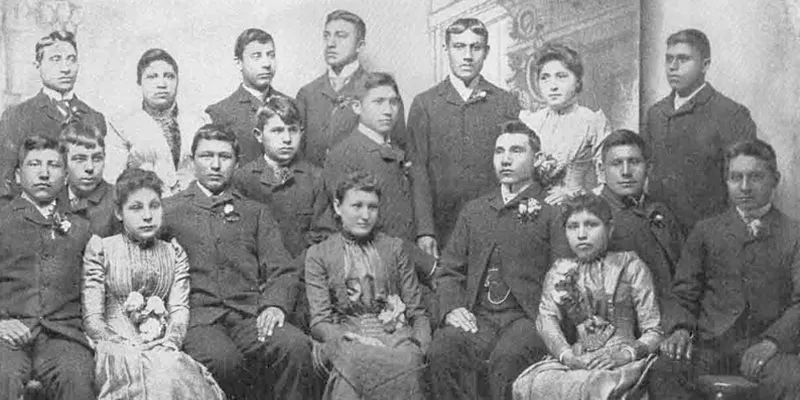
article
Understanding the Origin of American Indian Boarding Schools
By the late 1800s, forced assimilation — in the form of compulsory boarding schools — had become another tool the U.S. government used to address what mainstream America considered the “Indian problem.”
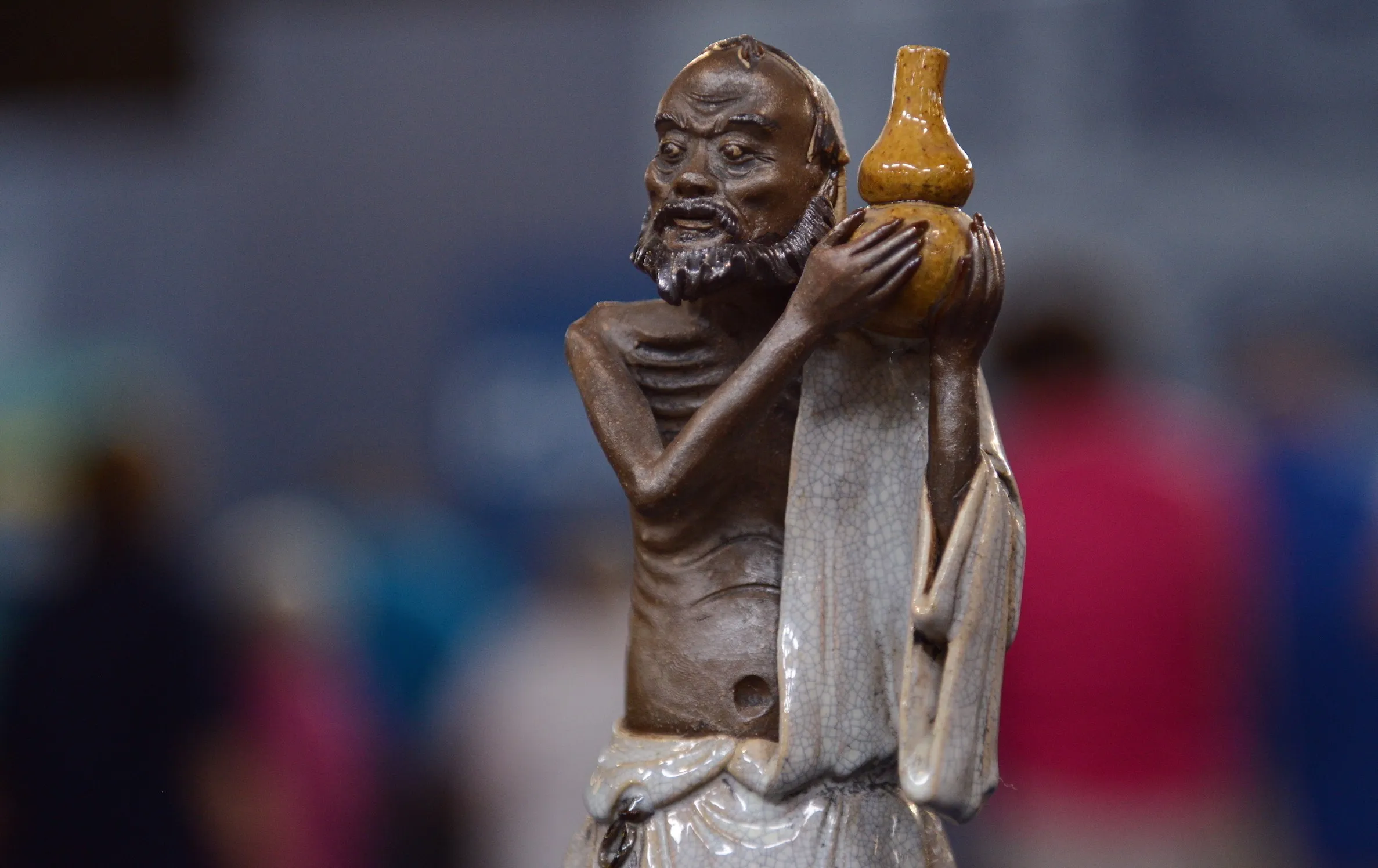
article
Who Was Iron-Crutch Li?
More about the legendary Chinese Immortal Li Tieguai (Iron-Crutch Li).

article
Antiques "Ghostshow"
ROADSHOW producer Sarah Elliott says "They are the kind of stories that stick with you, because they come from real people. And real places. And it’s hard to dismiss the possibility that something supernatural really _did_ happen there!"
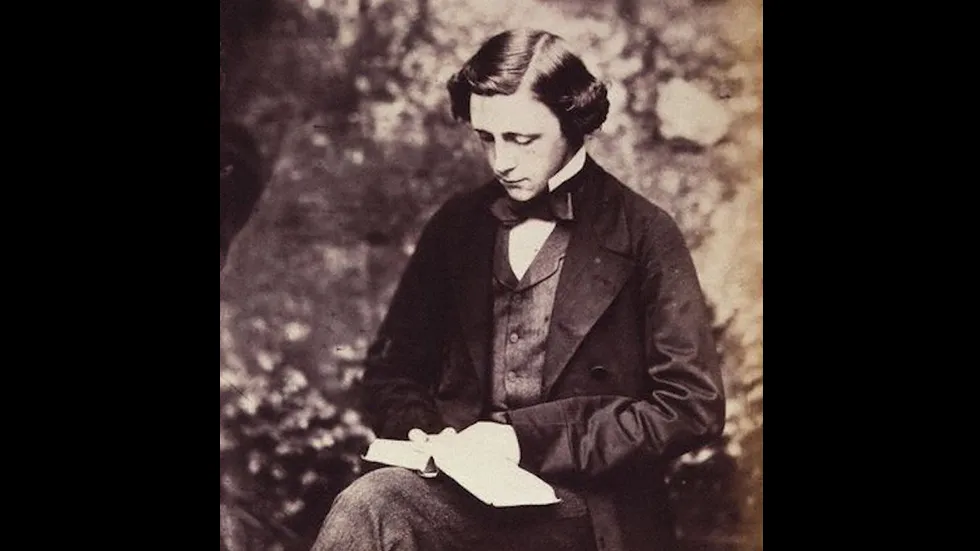
article
Understanding Concerns About Lewis Carroll
Lewis Carroll’s illustrious career as a children’s author began with a fanciful story made up during a river outing. And *Alice’s Adventures in Wonderland* has not been out of print since it was first published over 150 years ago. It is often credited with changing the entire character of children's literature. Although Alice remains a literary classic, controversy and concern about Carroll and his affection for young girls surfaced in the decades after his death.
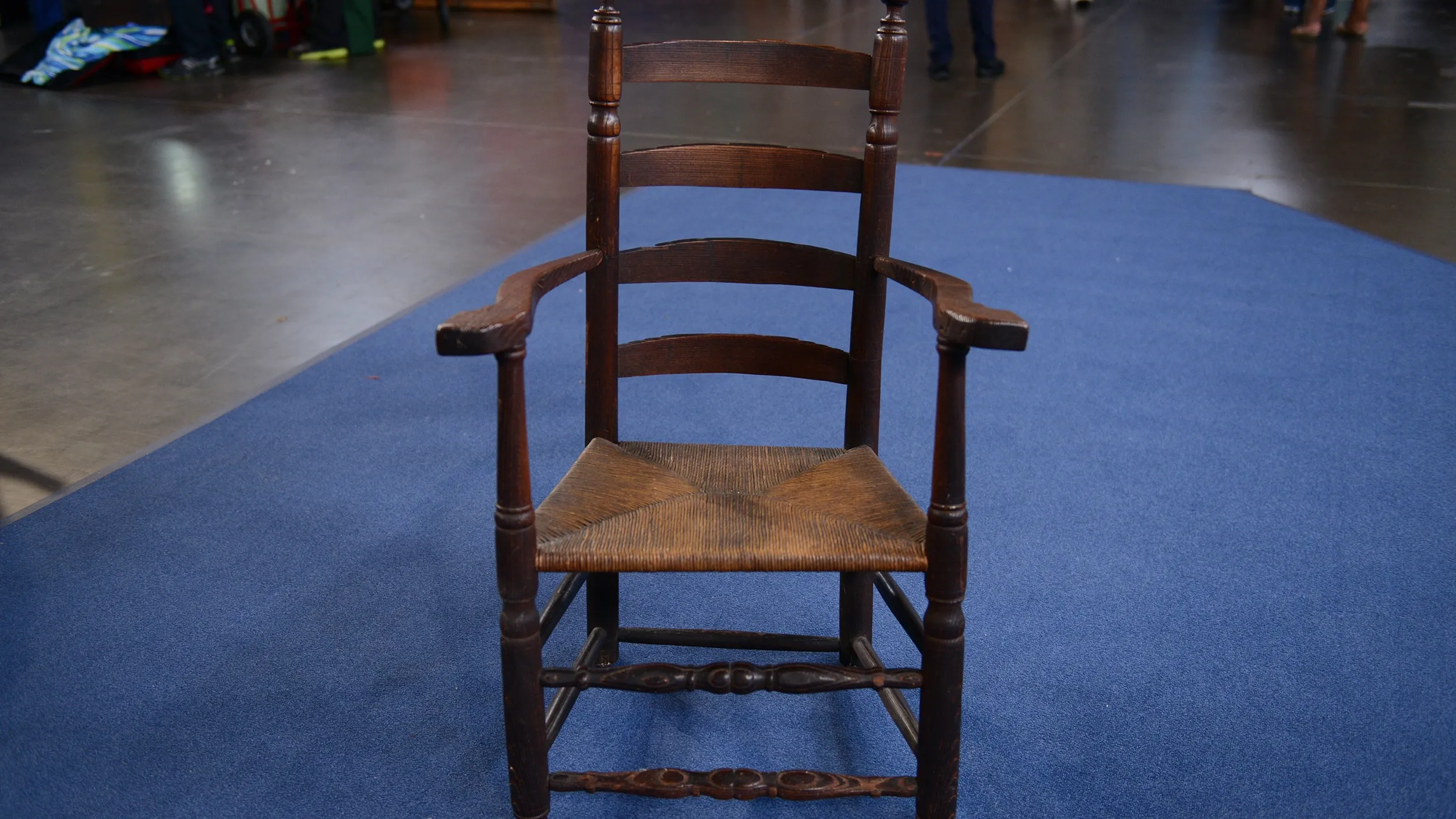
article
Explainer: The Great "Brewster" Chair Fake of 1969
Great chairs from Colonial America are coveted in part because they are very rare. Only people of high stature owned such items in the 1600s. The "Brewster" Great Chair in the Henry Ford Museum looks like a splendid example of a 17th-century American chair. But it was created in 1969. How did this great fake end up in a museum's collection?
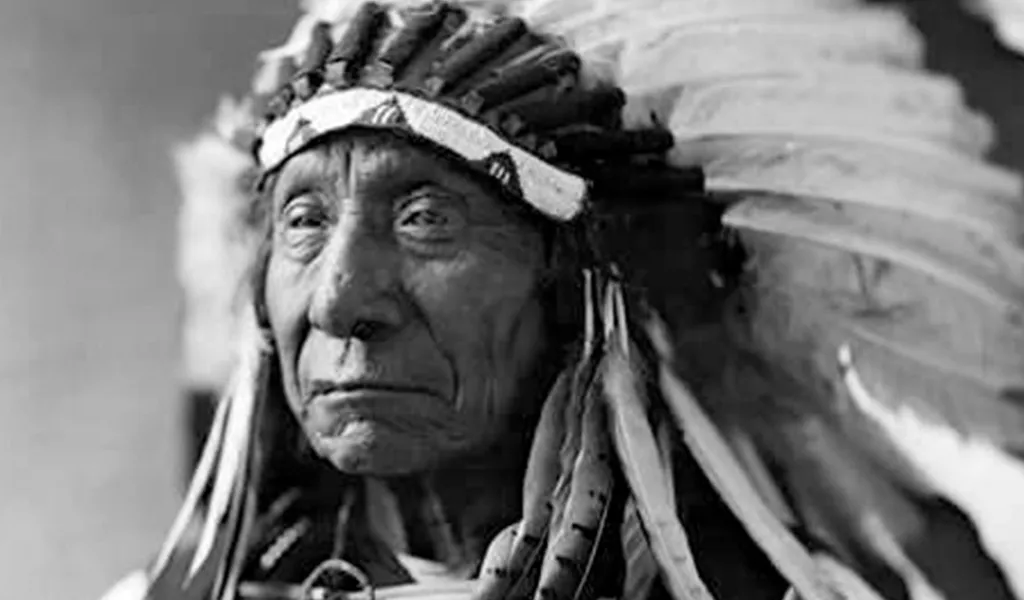
article
How American Indian Reservations Came to Be
An Indian reservation is land reserved for and managed by a Native American tribe, its sovereignty limited by federal and state or local law. Today, there are roughly 300 reservations in the United States. But how and why did Indian reservations come to be?
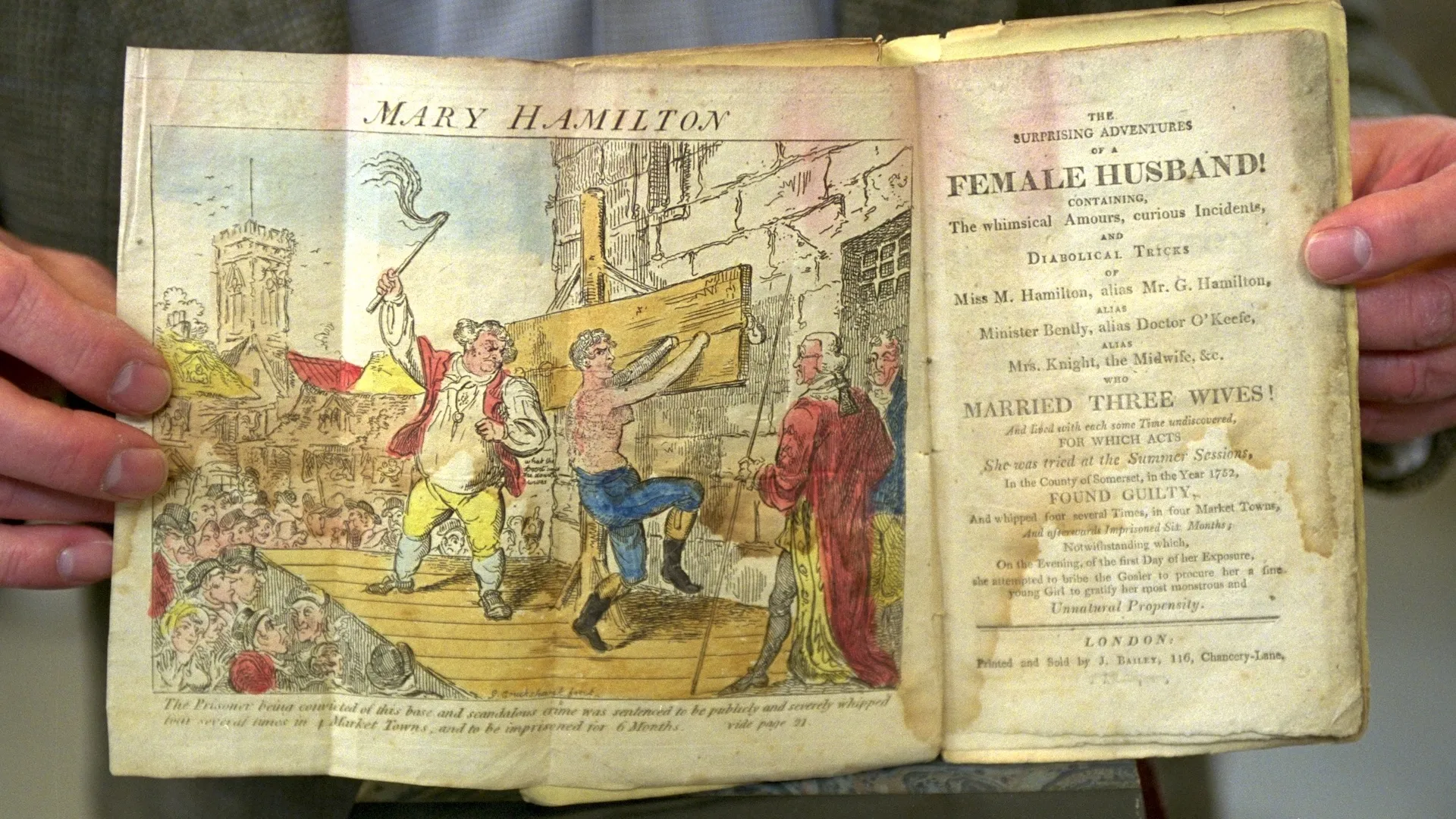
article
Who Was the Real Person Behind Fielding's "Female Husband"?
Fictionalized by novelist Henry Fielding in 1746, Charles Hamilton’s story became the first widely distributed account of a “female husband.” Hamilton was someone whose gender non-conformity in the 18th century is now being further explored and contextualized.
